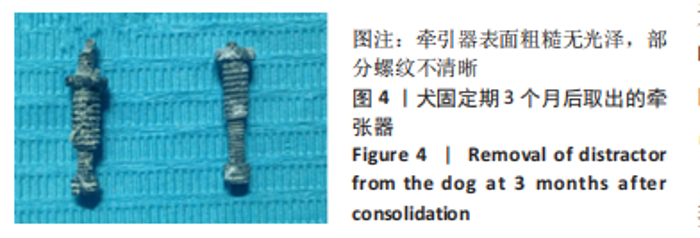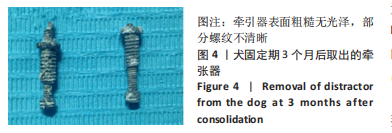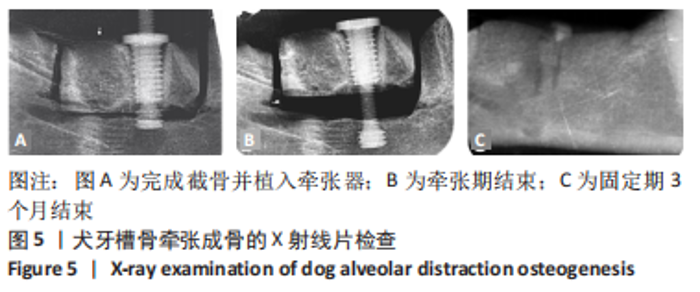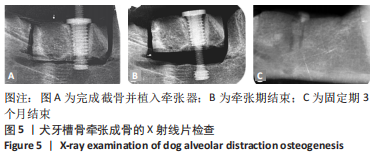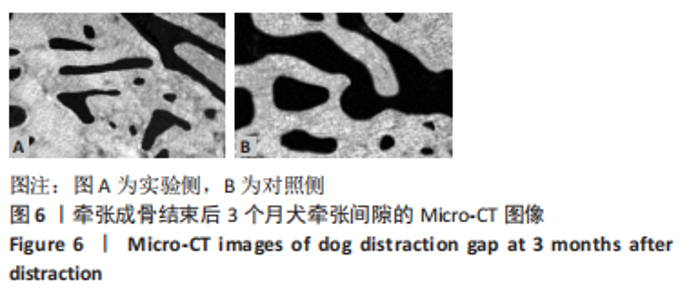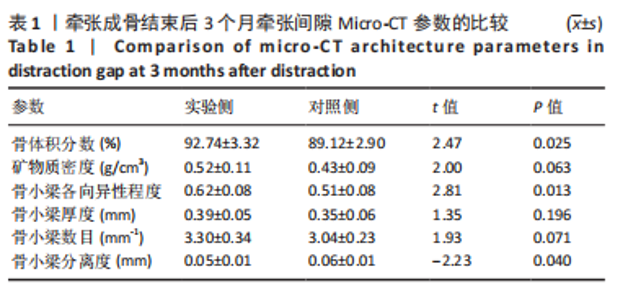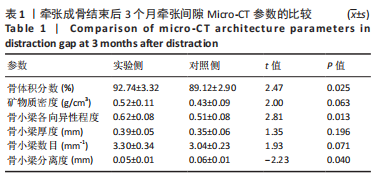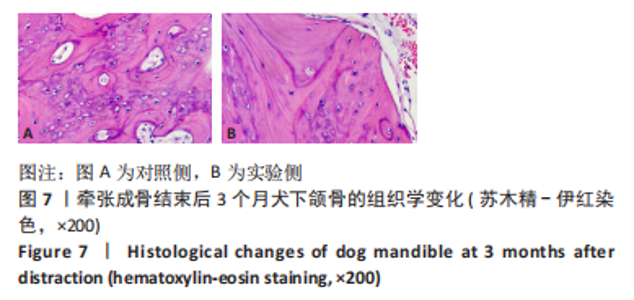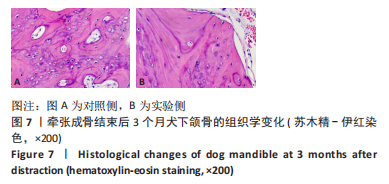[1] Alkaabi SA, Alsabri GA, NatsirKalla DS, et al. A systematic review
on regenerative alveolar graft materials in clinical trials: Risk of bias and meta-analysis. J Plast Reconstr Aesthet Surg. 2022;75(1):356-365.
[2] Canullo L, Del Fabbro M, Khijmatgar S, et al. Dimensional and
histomorphometric evaluation of biomaterials used for alveolar ridge preservation: a systematic review and network meta-analysis. Clin Oral Investig. 2021;26(1):141-158.
[3] Esenlik E, DeMitchell-Rodriguez EM. Alveolar Distraction. Clin Plast Surg. 2021;48(3):419-429.
[4] Urban IA, Monje A. Guided Bone Regeneration in Alveolar Bone Reconstruction. Oral Maxillofac Surg Clin North Am. 2019;31(2):331-338.
[5] Block MS, Chang A, Crawford C. Mandibular alveolar ridge augmentation in the dog using distraction osteogenesis. J Oral Maxillofac Surg. 1996;54:309-314.
[6] Chin M, Toth BA. Distraction osteogenesis in maxillofacial surgery using internal devices: Review of five cases. J Oral Maxillofac Surg. 1996;54(1):45-53.
[7] 律娜,孙明,陈松龄.牵张成骨在牙槽嵴增高中的研究进展[J]. 广东牙病防治,2009,17(11):557-559.
[8] Uckan S, Oguz Y, Bayram B. Comparison of Intraosseous and extraosseous alveolar distraction osteogenesis. J Oral Maxillofac Surg. 2007;65(4):671-674.
[9] Andrade N, Gandhewar T, Kalra R. Development and evolution of distraction devices: Use of indigenous appliances for Distraction Osteogenesis An overview. Ann Maxillofac Surg. 2011;1(1):58-65.
[10] Zhang S, Zhang X, Zhao C, et al. Research on an Mg-Zn alloy as a degradable biomateria. Acta Biomater. 2010;6(2):626-640.
[11] Witte F. The history of biodegradable magnesium im-plants: a review. Acta Biomater. 2010;6(5):1680-1692.
[12] 周盟,黄艺聪,康斌. 骨科可降解镁合金生物材料的研究进展[J]. 中华骨与关节外科杂志,2020,13(5):433-440.
[13] Sezer N, Evis Z, Kayhan SM, et al. Review of mag‐nesium-based biomaterials and their applications. J Magnes Alloy. 2018;6(1):23-43.
[14] 冯名城,李卫,符青云,等.镁合金表面可降解聚合物改性涂层研发及应用进展[J].稀有金属材料与工程,2021,50(9):3366-3374.
[15] COSTANTINO MD, SCHUSTER A, HELMHOLZ H, et al. Inflammatory
response to magnesium based biodegradable implant materials. Acta Biomater. 2020;101:598-608.
[16] 刘天甲,顾硕,周璐,等.可降解镁合金颅骨固定系统在动物实验中的安全性及有效性[J].中国组织工程研究,2018,22(30):4876-4881.
[17] Yamauchi K, Imoto K, Odajima K, et al. A collagen membrane for periosteal expansion osteogenesis using a timed-release system in rabbit calvaria. Int J Implant Dent. 2022;8(1):9.
[18] 王勇平,张怀斌,梁文强,等. 可降解镁合金接骨板体内降解行为及力学性能[J]. 医用生物力学,2021,36(6):935-939.
[19] Witte F, Kaese V, Haferkamp H, et al. In vivo corrosion of four magnesium alloys and the associated bone response. Biomaterials. 2005;26(17):3557-3563.
[20] Miura C, Shimizu Y, Imai Y, et al. In vivo corrosion behaviour of magnesium alloy in association with surrounding tissue response in rats. Biomed Mater. 2016;11(2):025001.
[21] Zhao Y, Liu Y, Liu B, et al. Bone Healing Process Around Distraction Implants Following Alveolar Distraction Osteogenesis: A Preliminary Experimental Study in Dogs. Int J Periodontics Restorative Dent. 2009; 29(5):523-33.
[22] GAO P, FAN B, YU X, et al. Biofunctional magnesium coated Ti6Al4V scaffffold enhances osteogenesis and angiogenesis in vitro and in vivo for orthopedic application. Bioact Mater. 2020;5(3):680-693.
[23] ZHENG LZ, WANG JL, XU JK, et al. Magnesium and vitamin C supplementation attenuates steroid-associated osteonecrosis in a rat model. Biomaterials. 2020;238:119828.
[24] ZHANG X, HUANG P, JIANG G, et al. A novel magnesium ion-incorporating dual-crosslinked hydrogel to improve bone scaffffold-mediated osteogenesis and angiogenesis. Mater Sci Eng C Mater Biol Appl. 2021;121:111868.
[25] WU L, LUTHRINGER BJ, FEYERABEND F, et al. Effffects of extracellular magnesium on the difffferentiation and function of human osteoclasts. Acta Biomater. 2014;10(6):2843-2854.
[26] XIE K, WANG N, GUO Y, et al. Additively manufactured biodegradable porous magnesium implants for elimination of implant-related infections: an in vitro and in vivo study. Bioact Mater. 2021;8:140-152.
[27] Yang Z, Wu B, Jia S, et al. The mechanically activated p38/MMP-2 signaling pathway promotes bone marrow mesenchymal stem cell migration in rats. Arch Oral Biol. 2017;76:55-60.
[28] Alzahrani MM, Anam E, AlQahtani SM, et al. Strategies of enhancing bone regenerate formation in distraction osteogenesis. Connect Tissue Res. 2018;59(1):1-11.
[29] Nasr Azadani M, Zahedi A, Bowoto OK, et al. A review of current challenges and prospects of magnesium and its alloy for bone implant applications. Prog Biomater. 2022;11(1):1-26.
[30] 刘印,马敏先.镁离子在骨再生应用的研究进展[J]. 生物医学工程与临床,2021,25(4):522-526.
[31] SAFARI N, GOLAFSHAN N, KHARAZIHA M, et al. Stable and Antibacterial Magnesium-Graphene Nanocomposite-Based Implants for Bone Repair. ACS Biomater Sci Eng. 2020;6(11):6253-6262.
[32] BYUN SH, LIM HK, CHEON KH, et al. Biodegradable magnesium alloy (WE43) in bone-fixation plate and screw. J Biomed Mater Res B Appl Biomater. 2020;108(6):2505-2512.
[33] LEMOINE P, ACHESON J, MCKILLOP S, et al. Nanoindentation and nano-scratching of hydroxyapatite coatings for resorbable magnesium alloy bone implant applications. J Mech Behav Biomed Mater. 2022; 133:105306.
[34] SHAHIN M, MUNIR K, WEN C, et al. Magnesium matrix nanocomposites for orthopedic applications: A review from mechanical, corrosion, and biological perspectives. Acta Biomater. 2019;96:1-19.
[35] CHEN YT, HUNG FY, LIN YL, et al. Biodegradation ZK50 magnesium alloy compression screws: Mechanical properties, biodegradable characteristics and implant test. J Orthop Sci. 2020;25(6):1107-1115.
[36] HOLWEG P, BERGER L, CIHOVA M, et al. A lean magnesium-zinc-calcium alloy ZX00 used for bone fracture stabilization in a large growing-animal model. Acta Biomater. 2020;113:646-659.
[37] WANG F, ZHUANG J, ZHOU L, et al. Research progress of magnesium and its alloys as orthopedic implant biomaterial. Sheng Wu Yi Xue Gong Cheng Xue Za Zhi. 2012;29(4):798-802.
[38] MUNIR K, LIN J, WEN C, et al. Mechanical, corrosion, and biocompatibility properties of Mg-Zr-Sr-Sc alloys for biodegradable implant applications. Acta Biomater. 2020;102:493-507.
[39] SANTOS-COQUILLAT A, ESTEBAN-LUCIA M, MARTINEZ-CAMPOS E, et al. PEO coatings design for Mg-Ca alloy for cardiovascular stent and bone regeneration applications. Mater Sci Eng C Mater Biol Appl. 2019;105:110026.
[40] MAKKAR P, SARKAR SK, PADALHIN AR, et al. In vitro and in vivo assessment of biomedical Mg-Ca alloys for bone implant applications. J Appl Biomater Funct Mater. 2018;16(3):126-136. |
